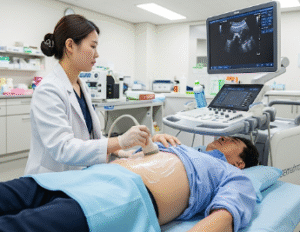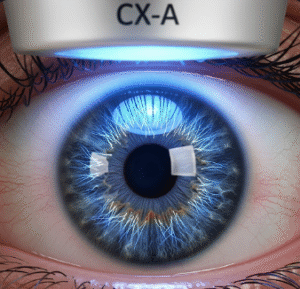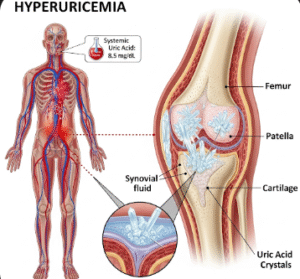Overview
Systolic hypertension is a condition where the systolic blood pressure (the top number in a reading) is elevated, usually above 140 mmHg, while the diastolic pressure may remain normal. It is more common in older adults but can also occur in younger individuals. Persistent systolic hypertension increases the risk of heart disease, stroke, and kidney problems.
What is Systolic Hypertension?
Systolic hypertension occurs when the force exerted on the arteries during the heart’s contraction phase (systole) is higher than normal. It can be isolated systolic hypertension (ISH)—where only systolic pressure is high—or part of general hypertension where both systolic and diastolic pressures are elevated.
Symptoms
Systolic hypertension often has no obvious symptoms in its early stages. However, some individuals may experience:
- Headaches (especially in the morning)
- Dizziness or lightheadedness
- Blurred vision
- Shortness of breath
- Nosebleeds (in severe cases)
Causes
Possible causes include:
- Age-related stiffening of arteries
- Atherosclerosis (plaque buildup in arteries)
- Overactive thyroid (hyperthyroidism)
- Kidney disease
- Obesity and sedentary lifestyle
- High salt intake
- Chronic stress
Risk Factors
- Age over 50
- Family history of hypertension
- Smoking and alcohol consumption
- High cholesterol
- Diabetes
- Poor diet (high sodium, low potassium)
- Lack of physical activity
Complications
If left untreated, systolic hypertension can lead to:
- Stroke
- Heart attack
- Heart failure
- Chronic kidney disease
- Vision problems (hypertensive retinopathy)
- Aneurysms
Prevention
- Maintain a healthy diet low in sodium and rich in fruits and vegetables
- Exercise regularly (at least 150 minutes per week)
- Avoid smoking and limit alcohol intake
- Maintain a healthy weight
- Manage stress effectively
- Get regular blood pressure check-ups
Treatment Options in Korea
In Korea, systolic hypertension is managed using a combination of lifestyle interventions and medications:
- Lifestyle Management: Personalized diet plans (DASH diet), salt restriction, weight control programs, and supervised exercise routines in medical fitness centers.
- Medications: ACE inhibitors, ARBs, calcium channel blockers, and diuretics tailored to the patient’s health profile.
- Advanced Diagnostics: 24-hour ambulatory blood pressure monitoring, arterial stiffness measurement, and cardiovascular risk assessment using advanced imaging.
- Integrative Care: In some Korean hospitals, complementary therapies such as stress-reduction programs, acupuncture, and herbal medicine may be offered alongside conventional treatments.
- Specialized Hypertension Clinics: Found in leading hospitals like Seoul National University Hospital, Asan Medical Center, and Samsung Medical Center, these clinics offer multidisciplinary care from cardiologists, nephrologists, and dietitians.













